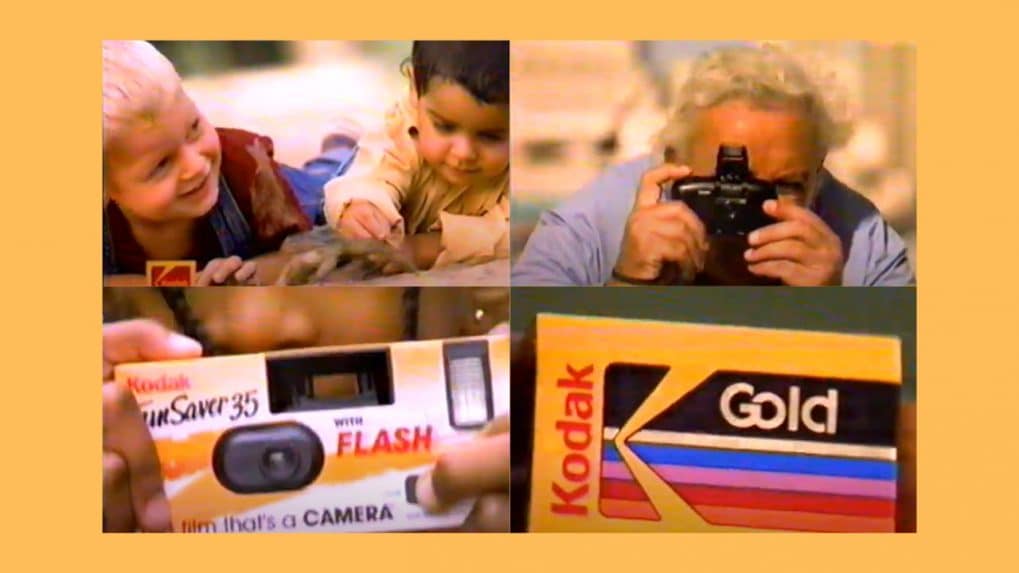Digital
Why OpenAI is hiring 100 ex-bankers: Inside the ChatGPT-maker's secret project to automate Wall Street's grunt work

Eastman Kodak, the company that once made photography a part of everyday life, is warning it may not survive. After more than 130 years in operation, the Rochester, New York-based brand says it is grappling with “substantial doubt” about its future as it struggles to repay over $470 million in debt.
The sobering disclosure came in Kodak’s latest quarterly earnings report and U.S. Securities and Exchange Commission filings on Monday, August 11. The news, which followed a second-quarter loss, sent the company’s shares tumbling in early trading the next day.
Read more: The rise and fall of Kodak
Kodak admitted it faces debt repayments within the next 12 months but has neither secured financing nor enough available cash to meet those obligations.
In a bid to conserve funds, the company is cutting its pension program, a move it says is aimed at freeing up money for debt repayment.
Founded in 1888 with the launch of the Kodak #1 camera, the company revolutionized personal photography, allowing millions to “press the button” while Kodak “did the rest.”
Kodak was known as an institution. With its phrase “A Kodak Moment,” Kodak became an iconic brand. It was the source of a flood of innovations. It single handedly created a market and category. George Eastman had a simple vision: to make photography as simple as using a pencil. It dominated the film market for most of the 20th century, but its failure to adapt to the digital photography revolution eroded its market share. Experts have said that Kodak missed the digital photography epochal change and that its digital-age products were simply sub-par.
After filing for bankruptcy in 2012, Kodak reinvented itself, shifting focus to commercial printing, specialty chemicals, and even pharmaceuticals.
The latest financial results, however, paint a bleak picture.
Revenue for the quarter ending June 30 stood at $263 million, down $4 million from a year earlier. Gross profit fell 12%, and the company’s cash reserves dropped to $155 million — a 23% decline since December.
CEO Jim Continenza stressed that tariffs have not had a “material impact” on operations, noting that many Kodak products, including printing plates, inkjet presses, film, and pharmaceutical ingredients — are manufactured domestically. The company now plans to double down on its advanced chemicals and materials division as a potential growth driver.
Chief financial officer David Bullwinkle said pension cuts are part of a broader debt-reduction strategy and that Kodak expects to have a “clear understanding” by Friday, August 15, of how it will meet its obligations.
“For the second half of the year, we will continue to focus on reducing costs today and converting our investments into long-term growth,” Bullwinkle said.
For a brand once synonymous with capturing life’s most cherished moments, Kodak’s fight for survival underscores the unforgiving nature of technological disruption and serves as a stark reminder that even the most storied names can fade in a rapidly evolving marketplace.
From purpose-driven work and narrative-rich brand films to AI-enabled ideas and creator-led collaborations, the awards reflect the full spectrum of modern creativity.
Read MoreIn a wide-ranging interview with Storyboard18, Sorrell delivers his frankest assessment yet of how the deal will redefine creativity, media, and talent across markets.